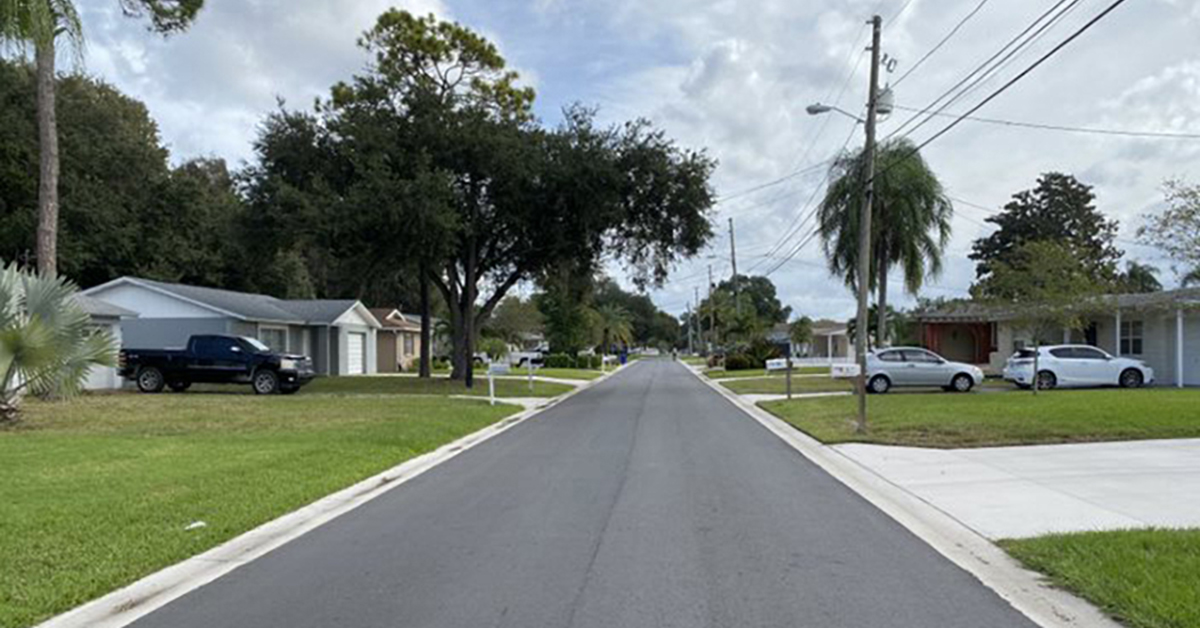
FAQs
Frequently Asked Questions
No, voters first approved the Penny for Pinellas 1-percent sales tax in 1989 and it took effect in 1990, with renewals in 1997 and 2007. On Nov. 7, 2017, voters chose to renew the Penny for another 10 years (2020-2029) with 83% support countywide.
The current Penny will continue from 2020-2029. Residents will have an opportunity to vote on renewing the Penny prior to its expiration in 2029.
The Penny makes it possible to invest in infrastructure such as roads, bridges and trails, water quality, flood and sewer spill prevention projects, public safety equipment and vehicles, fire stations, parks, environmental land acquisition, libraries, community centers and land for housing that’s affordable. The Penny does not pay for daily County operations, maintenance and staff, which comes from other funding sources, such as the County’s General Fund. For full details on allowable uses, see Florida Statute 212.055.
Everyone who spends money in Pinellas County, including millions of tourists who visit us annually. Tourists and seasonal visitors are estimated to pay one-third of total Penny revenue, which means they help support long-term investments in the community that they enjoy with our citizens.
As a sales tax, the Penny is not collected on groceries or medications. It is only collected on the first $5,000 of a purchase.
Pinellas County and 24 partner cities have identified projects for Penny renewal funding based on the needs of each community.
Pinellas County Government’s current list of projects was identified based on broad input, including citizen surveys, feedback from partners and community groups, and alignment with Pinellas County’s Strategic Plan. For more details, see Penny Renewal Project Priorities.
The public input process included open house meetings and an online survey on future Penny priorities. View the survey results.
The Pinellas County Board of County Commissioners and elected boards for each city review Penny projects annually as part of their Capital Improvement Plans. Some County projects that were originally set to be funded by the Penny are now receiving support from other funding sources, especially from the American Rescue Plan Act. See list of projects funded through ARPA.
The Penny is shared between Pinellas County and the 24 cities based on a population-based formula that aligns with state statute. For the Penny renewal, an interlocal agreement between the County and cities also sets aside funding for countywide investments, including courts and jail facilities, housing that’s affordable and capital projects to support economic development.
The Penny has supported roads, bridges and trails, water quality and flood prevention projects, public safety equipment and vehicles, fire stations, parks and environmental land acquisition, and land for housing that’s affordable.
Project examples include the Bayside Bridge, Keystone Road and the Fred Marquis Pinellas Trail. See highlights from past projects (1990-2019) on our Accomplishments Map.
The Penny covers most of the cost of local government capital projects completed by Pinellas County Government. The Penny is also used to attract funds from other sources like state and federal agencies, which allows Pinellas County and the cities to complete more projects.
Before each vote on the Penny, the County and Cities set priorities based on needs in the community, feedback from citizens and long-term strategic goals. These priorities are evaluated at least once a year as part of the budget development process to ensure they remain aligned with community needs and available funds.
The Penny makes it possible to do more capital projects without relying on property taxes. Without the Penny, the County and cities would rely more heavily on other funding sources, such as property taxes, to fund these projects or many would have to be delayed or not completed.
Pinellas County has a sales tax rate of 7 percent, close to the statewide average rate of 6.95 percent. Florida’s statewide sales tax rate is 6 percent, but a majority of county governments have a local sales tax of .5 to 2 percent for various purposes, including infrastructure, public hospitals, emergency services, transportation, indigent care and others.
For additional details on local sales taxes in Florida, see Local Option Sales Tax
